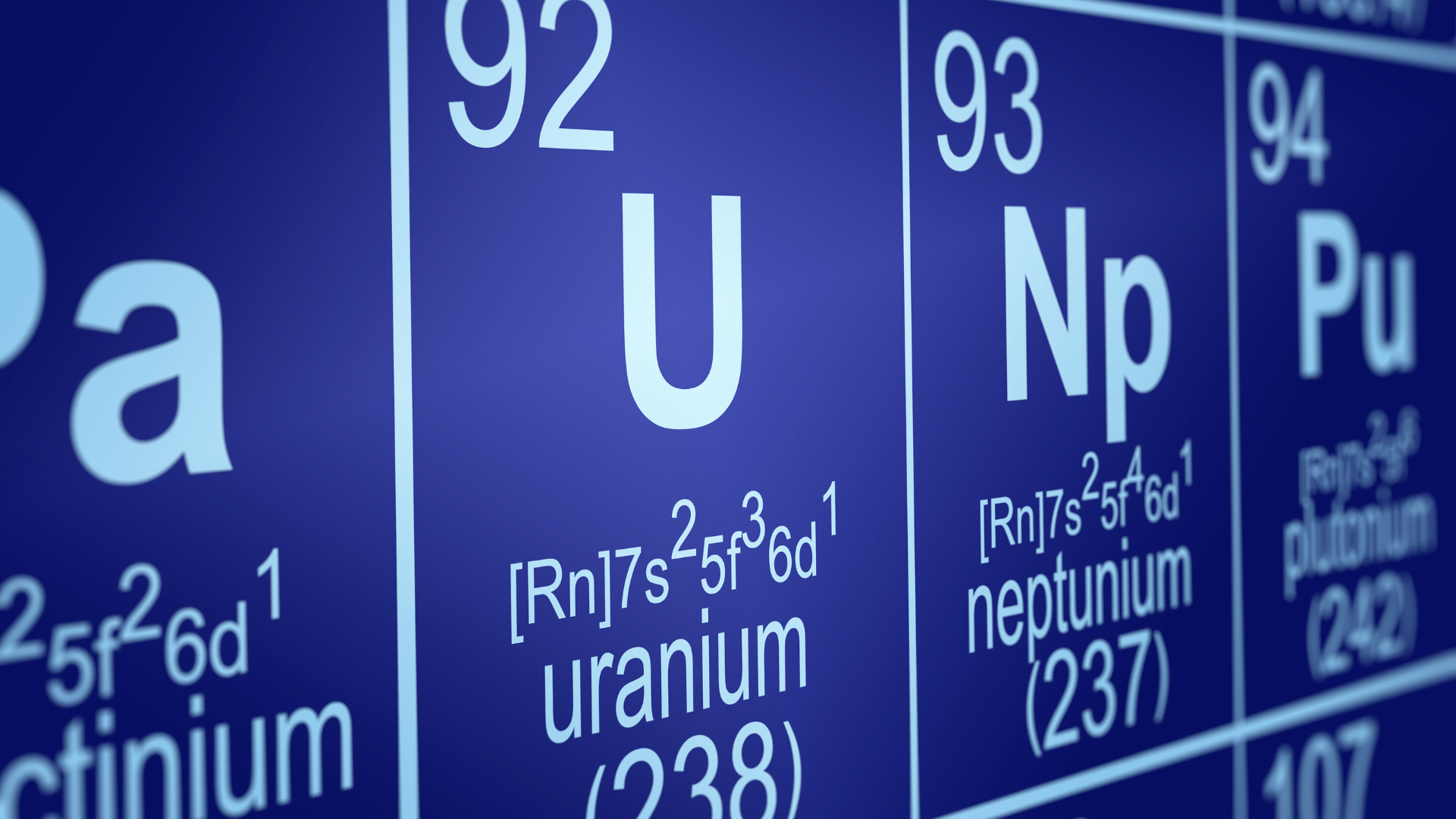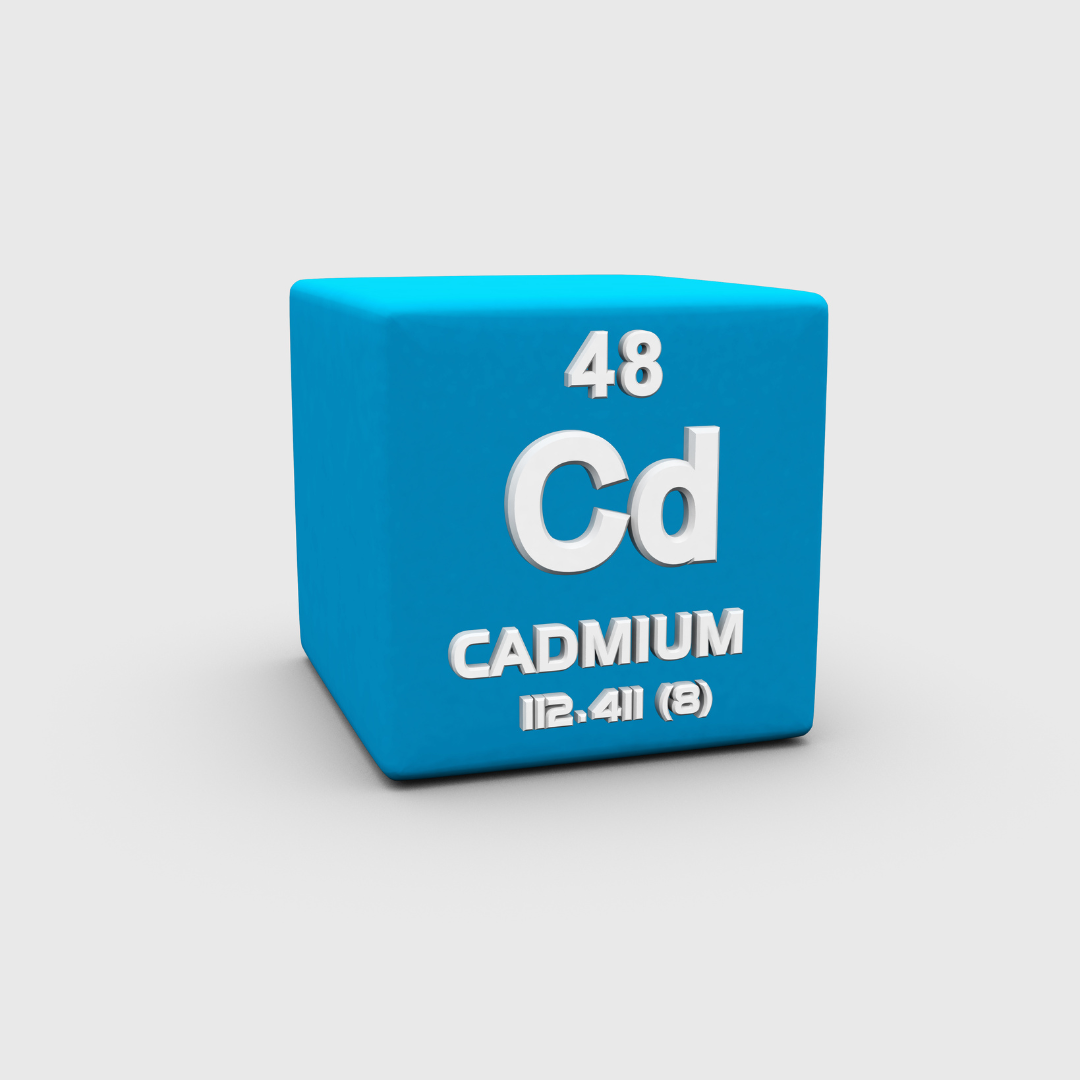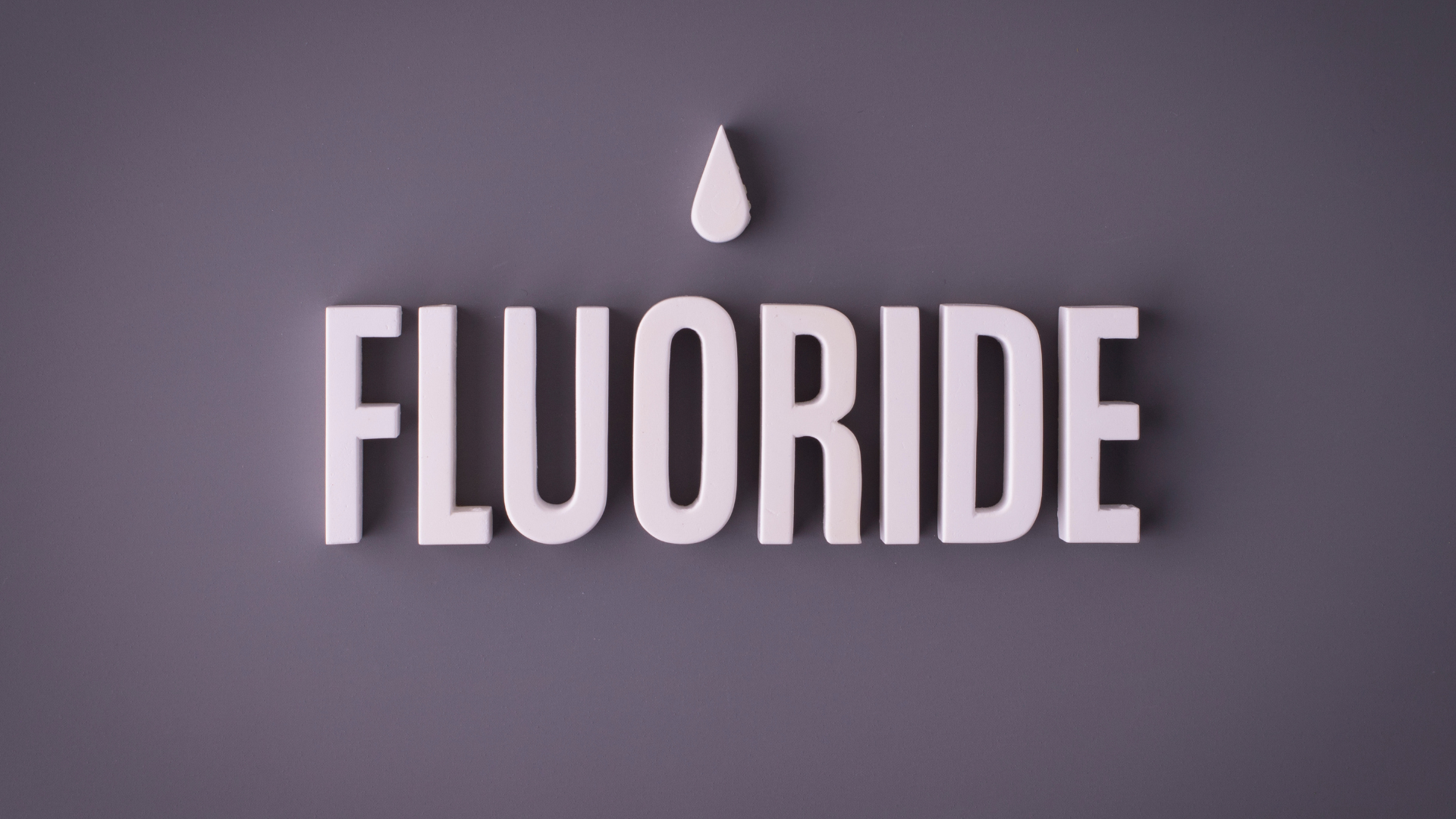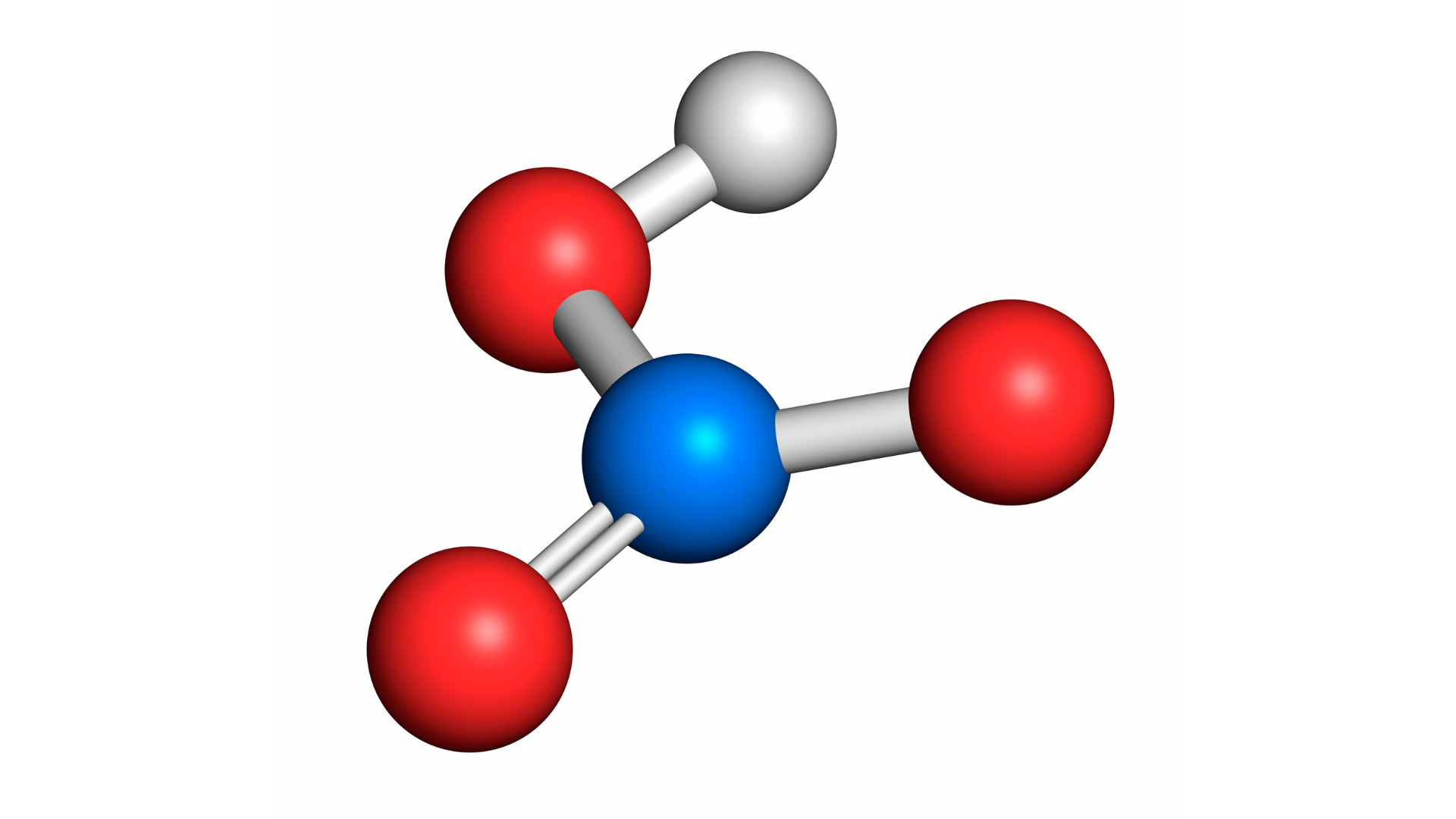Nitrate
Uranium
Barium
Nickle
Fluoride
Contaminants Found in Denver Drinking Water 2023
The most recent Denver Water Safety Report specifies the levels of certain contaminants found in samples taken from various sources. While all levels were well within the EPA’s recommended range, you should still be aware of these potentially hazardous contaminants and how you can safely and effectively remove them from your home’s drinking water.

What Is Barium?
Barium is a soft, highly reactive metal. These types of compounds rarely exist in their pure elemental form. Barium is only ever found in molecular compounds, such as barium sulfate.
Negative Effects of Barium in Denver Water
Symptoms of barium toxicity include heartbeat irregularities, muscle weakness, breathing problems, and shaking. In its water-soluble form, barium can affect other parts of the body and can even cause blindness.
Where Do Barium Contaminants in Denver Water Come From?
The barium found in Denver’s water supply probably came from eroded natural deposits. Over time, wind, and rain can erode rocks containing barium and it can then make its way into groundwater and other municipal sources
Barium Levels in Denver Drinking Water
The 2023 sample of Denver’s water found, on average, 33.9 ppb of barium in the drinking water. This is under the maximum allowable concentration of 2000 ppb, according to the EPA.

What Is Uranium?
Uranium is a slightly radioactive silvery metal that can build up over time in the body. It most often affects the bones, where it builds up quickly due to its affinity for phosphates. Uranium can also negatively affect the liver, kidneys, and reproductive organs.
How Does Uranium Get into Denver's Water Supply?
Like barium, uranium gets into drinking water via the erosion of natural deposits.
How Much Uranium Contaminants in Denver Water?
0.06 ppb, under the max allowed concentration of 30 ppb set by the EPA.

What Is Cadmium
Cadmium is a soft metal with a silver-white appearance. One of its main applications is in batteries, although it has a wide array of commercial uses.
Adverse Health Effects of Cadmium Contaminants in Denver Water
Cadmium is considered an environmental hazard. It is most dangerous when its insoluble form is inhaled, but it can cause health problems via prolonged exposure in any form. Symptoms of cadmium poisoning include severe pain in the spine and joints and kidney damage.
How Does Cadmium Get into Denver’s Water?
Cadmium is a common byproduct of metal mining, including silver, zinc, and copper. Mine runoff was the cause of widespread cadmium poisoning in 1912 in the Toyama Prefecture in Japan. Locals called the disease “itai-itai,” which translates to “it hurts, it hurts.”
Cadmium in Denver water arrives via metal refineries as well as corrosion of metal pipes, waste runoff, and erosion of cadmium batteries.
How Much Cadmium is in Denver Water?
The 2023 report found an average of 0.003 ppb of cadmium in the water. For reference, the EPA recommends under 5 ppb for safe drinking.

Fluoride Contaminants in Denver Water
Since the 1940s, fluoride has been purposely added to drinking water sources as a means of preventing tooth decay. In 1962, the US Public Health Service formally recommended that drinking water contain between 0.7 and 1.2 mg/L of water.
Is Fluoride in Water Dangerous?
In this condition, fluoride builds up in the bones, causing joint pain, stiffness, muscle weakness, and a risk of fractures in older adults.
Furthermore, the EPA actually has a secondary limit for fluoride in water where children are concerned. At 2 mg/L, this is half the recommended maximum for adults and it is merely a guideline, not a requirement. Too much fluoride exposure in children can, ironically, impede proper tooth enamel formation and cause permanent pitting and staining.
How Else Does Fluoride Become a Denver Water Contaminant?
Aside from being added to the water intentionally for dental health, fluoride can make its way into Denver’s water through erosion and factory runoff.
How Much Fluoride is in Denver Water?
Fluoride is a top Denver water contaminant; however, samples in 2023 still found it was within maximum allowable limits for fluoride. 0.63 ppm were found in the water, which is under the EPA max of 4 ppm (ppm is equivalent to mg/L).

What Are Nitrates?
Nitrates are actually made up of a salt group (potassium or magnesium) and attached to a nitrate group. They have historically been used for agricultural purposes as well as explosives. Their high solubility in water makes them particularly hazardous to aquatic life and habitats.
Dangers of Nitrate as a Denver Water Contaminant
Nitrate is found naturally in many plant sources, like spinach and arugula. At these levels, it does not generally cause problems. At higher levels, however, nitrates can wreak havoc on aquatic systems. Nitrates from fertilizer runoff, for example, can lead to algae blooms that suffocate fish and other animals.
Emerging research suggests nitrates can also cause adverse health effects in humans. Symptoms of prolonged exposure to nitrates include oxygen malabsorption, muscle cramping, nausea, and vomiting.
Nitrate Levels in Denver Water
The 2023 Denver Water Quality report found an average of 0.046 ppm of nitrates in their sample, which is under the EPA max of 10. Nitrates reach groundwater via fertilizer run off and, in some cases, leaching from septic tanks.

What is Nickel
Nickel is a silvery white metal whose primary application today is as an alloying agent in stainless steel. Although it is one of the most abundant metals on earth, it is not native to our planet. Rather, it arrived (along with iron) via meteorites. Some native nickel is thought to comprise the earth’s inner and outer core, however.
Nickel as a Toxin
Most ingested nickel comes from plants and is easily eliminated by the kidneys.
Like other heavy metals, however, too much nickel can cause adverse health effects. It is considered a carcinogen when inhaled, which occurs predominantly in workplace environments.
How Much Nickel is in Denver’s Water?
In the 2023 sample, Denver had 0.18 ppb of nickel in the water, arriving primarily from industrial runoff. The most recent EPA standard (more than 20 years old) caps the safe level of nickel in ambient drinking water at 100 ppb.
Remove Contaminants in Parker Water
The fact that Parker’s water is within EPA standards is little comfort, in our opinion. These standards are more than 20 years old, and emerging health studies underscore the desperate need for a review of maximum concentration levels at the federal level. In the meantime, don’t take chances where your home’s water is concerned.
Did you know that you can remove nearly one hundred percent of the top contaminants in Parker water (and more) simply by installing a reverse osmosis filtration system? Paired with a water softener to remove hard minerals (the ones that pair so nicely with nitrates), you can be sure that the water you drink, bathe with, and cook with is as pure as possible.
Contact the WaterPros to get started. We are passionate about water education and offering the most economical options to our Colorado customers, including those in the city of Parker. Call or go online today to schedule an appointment and get a free estimate.